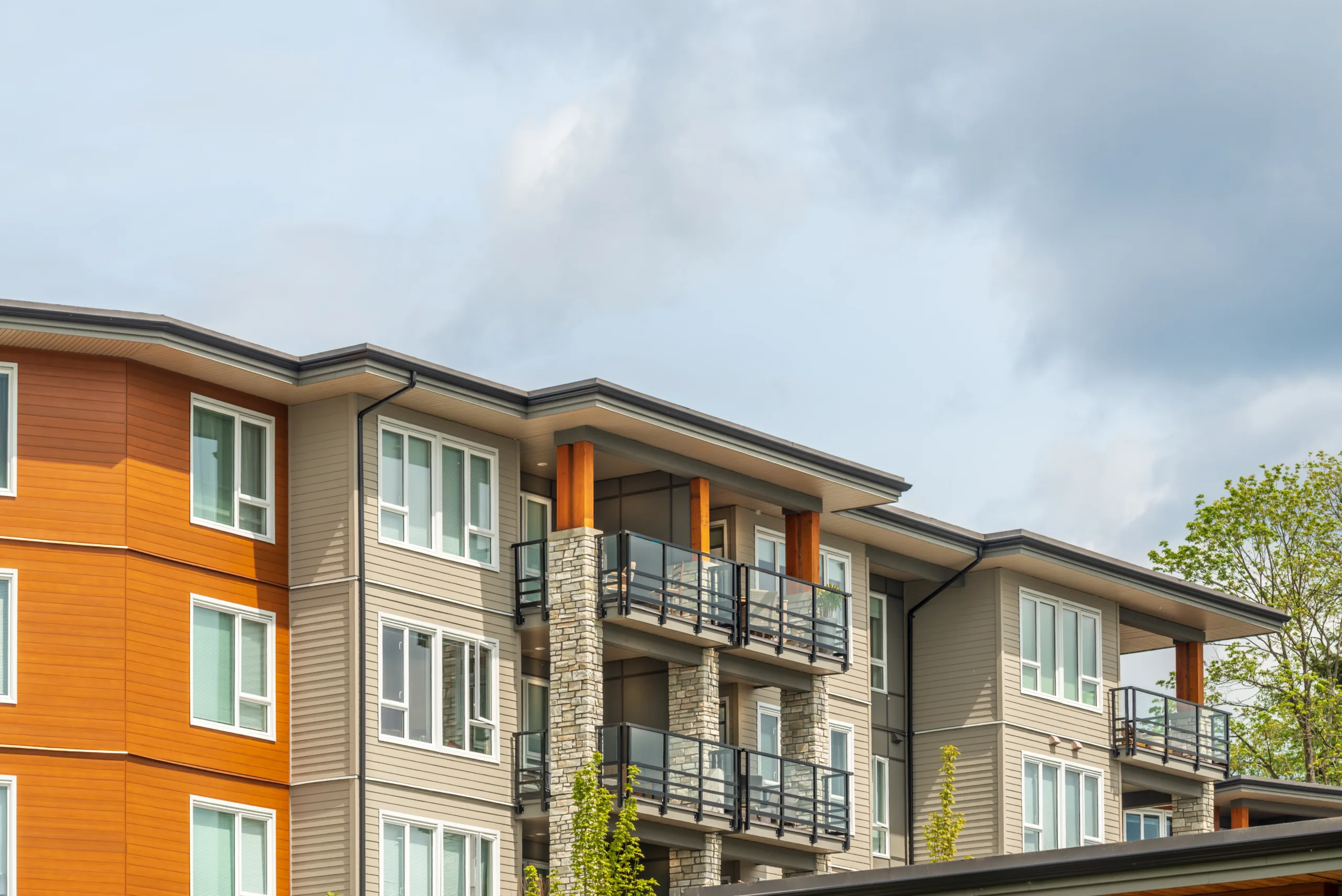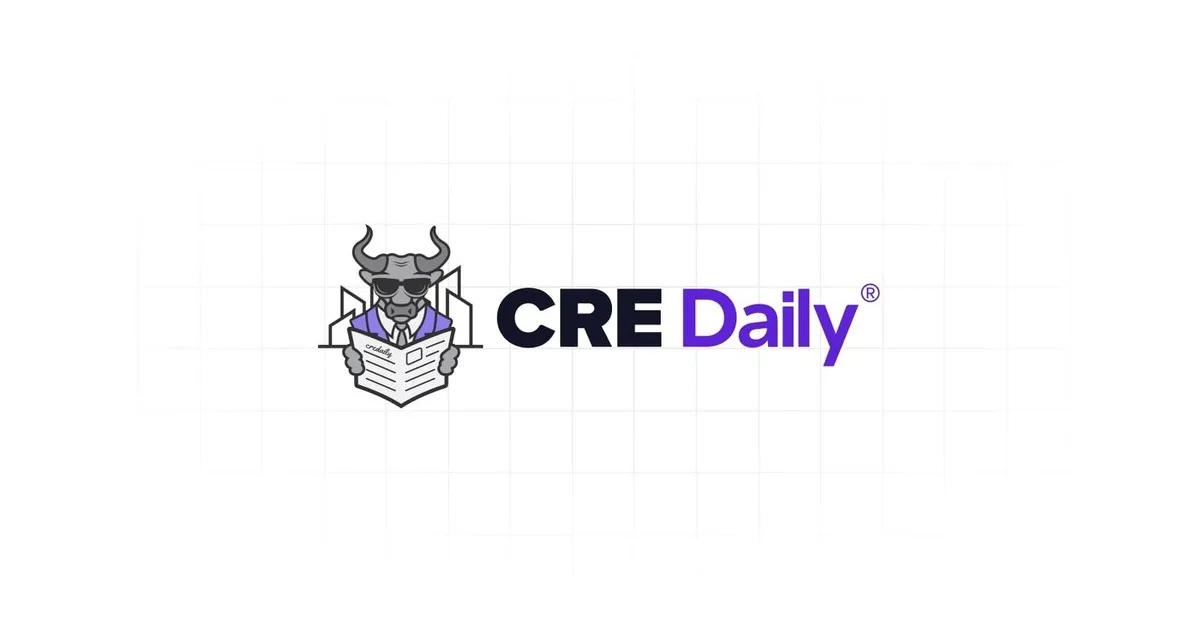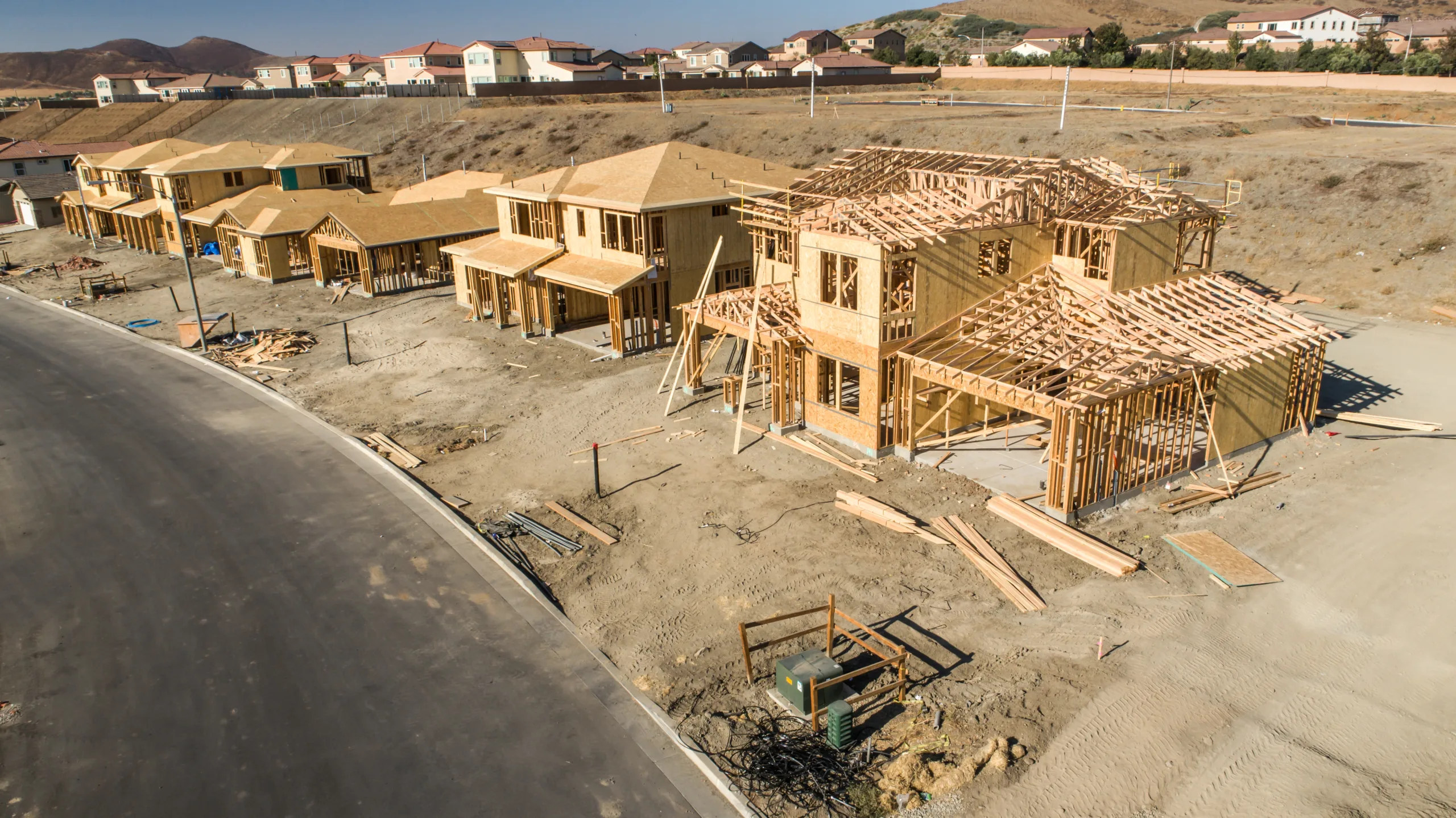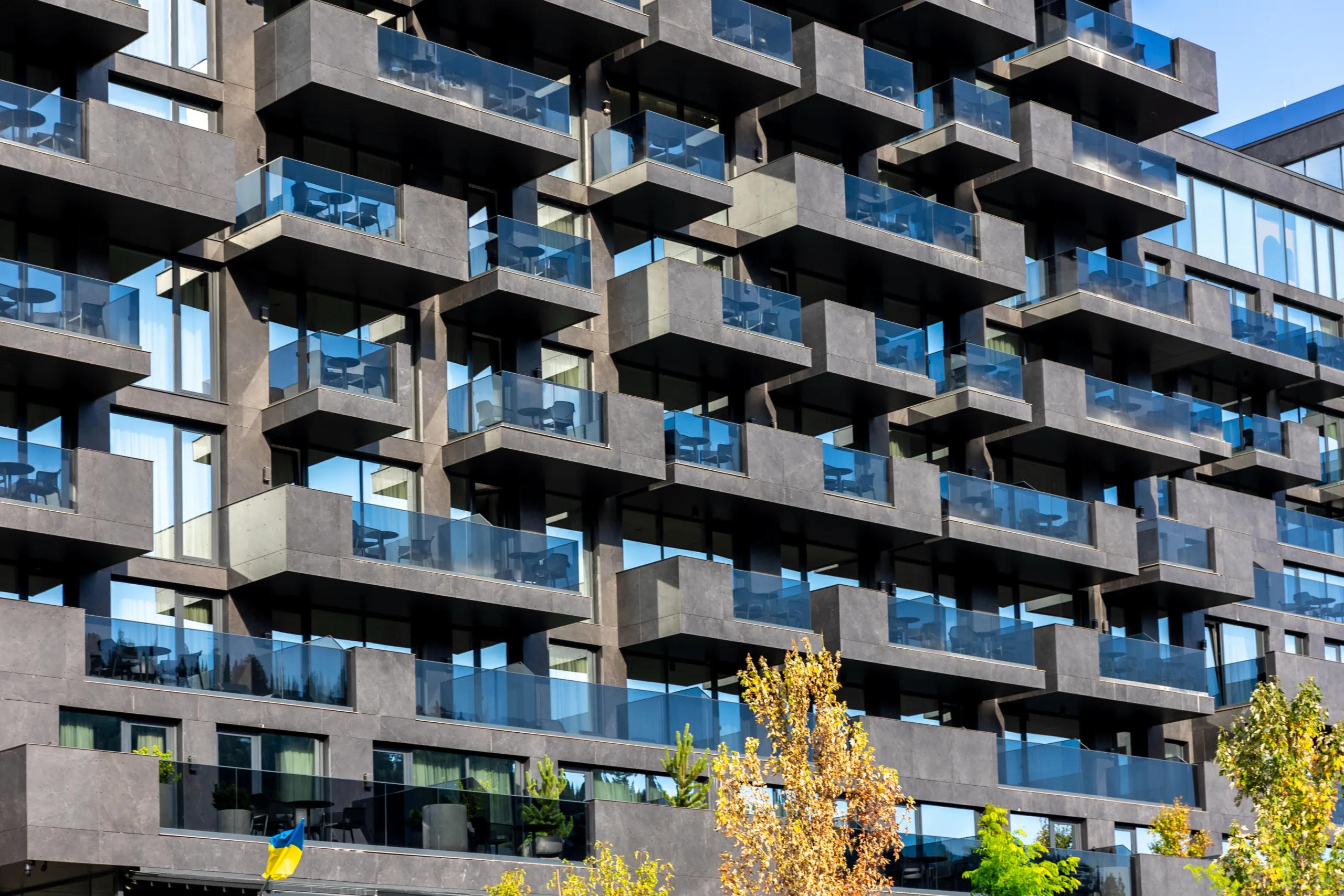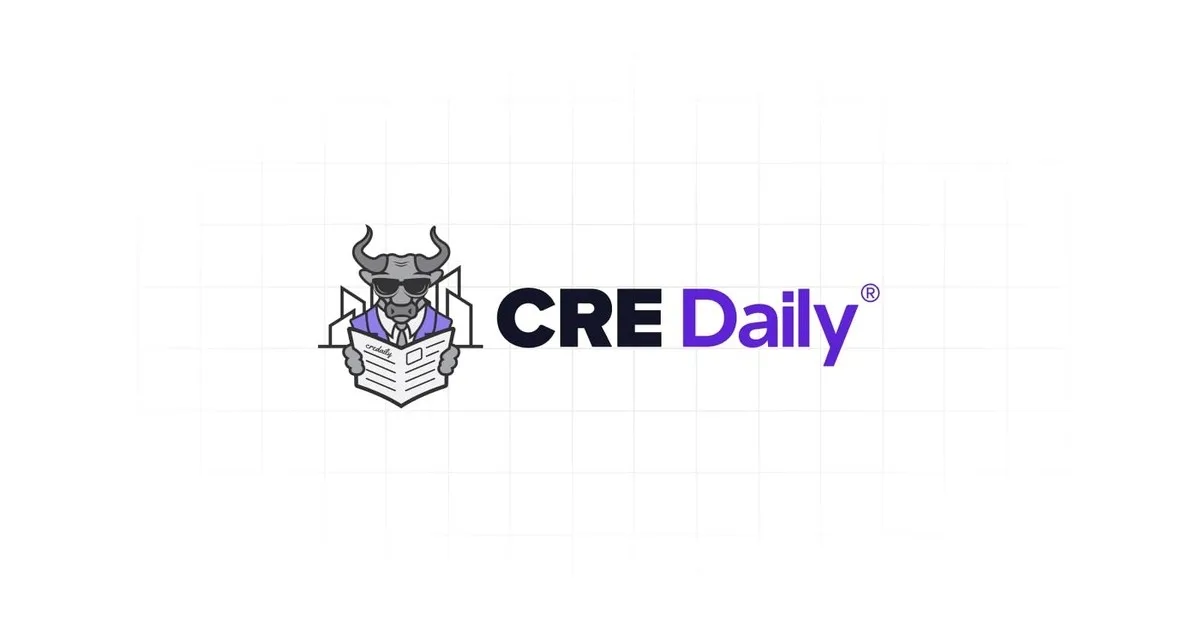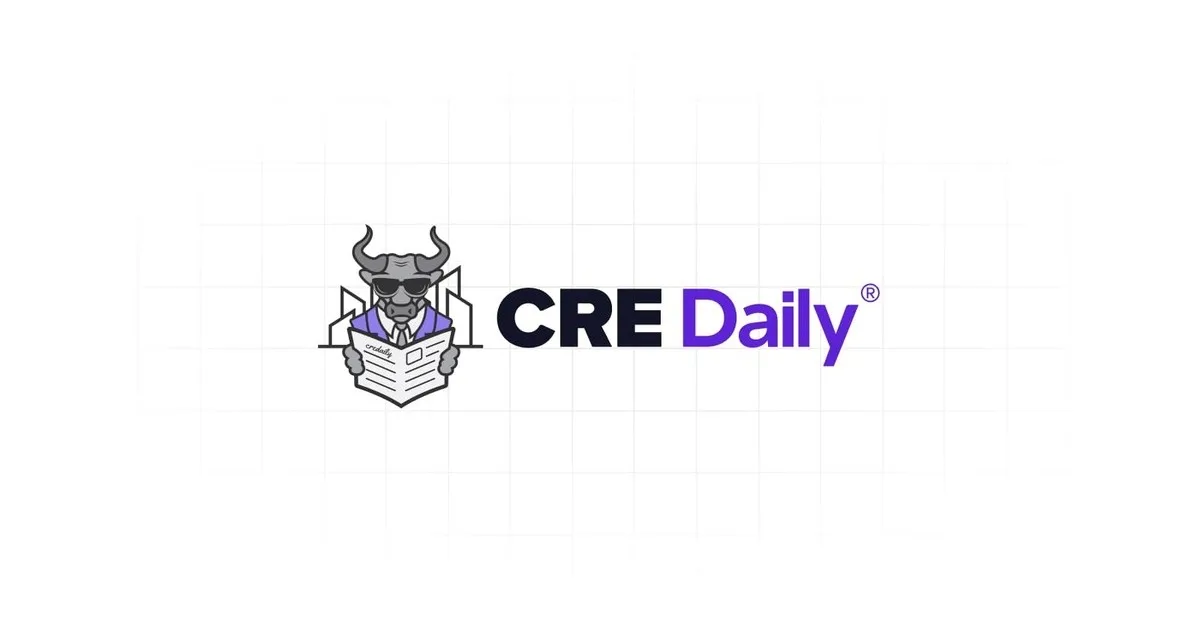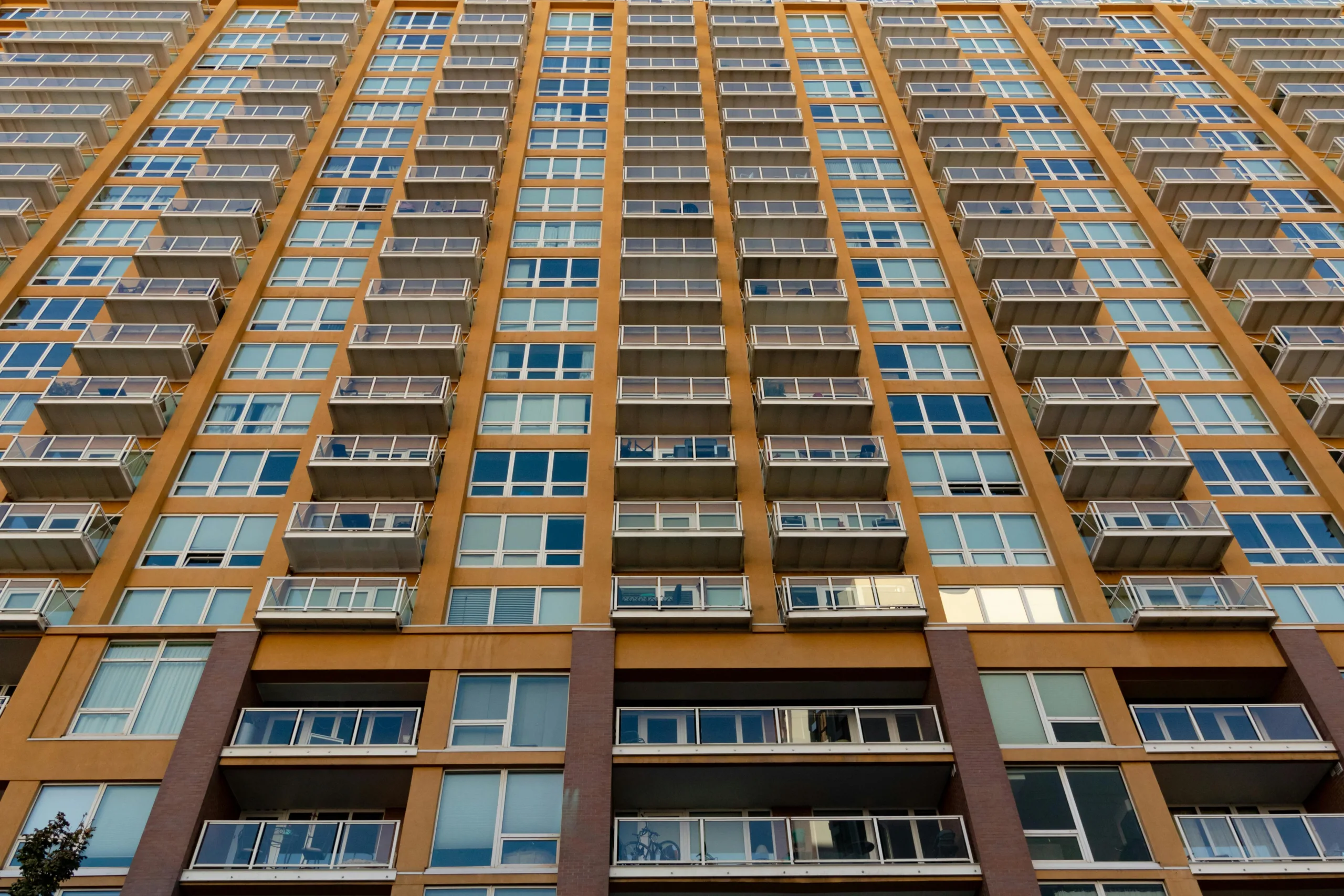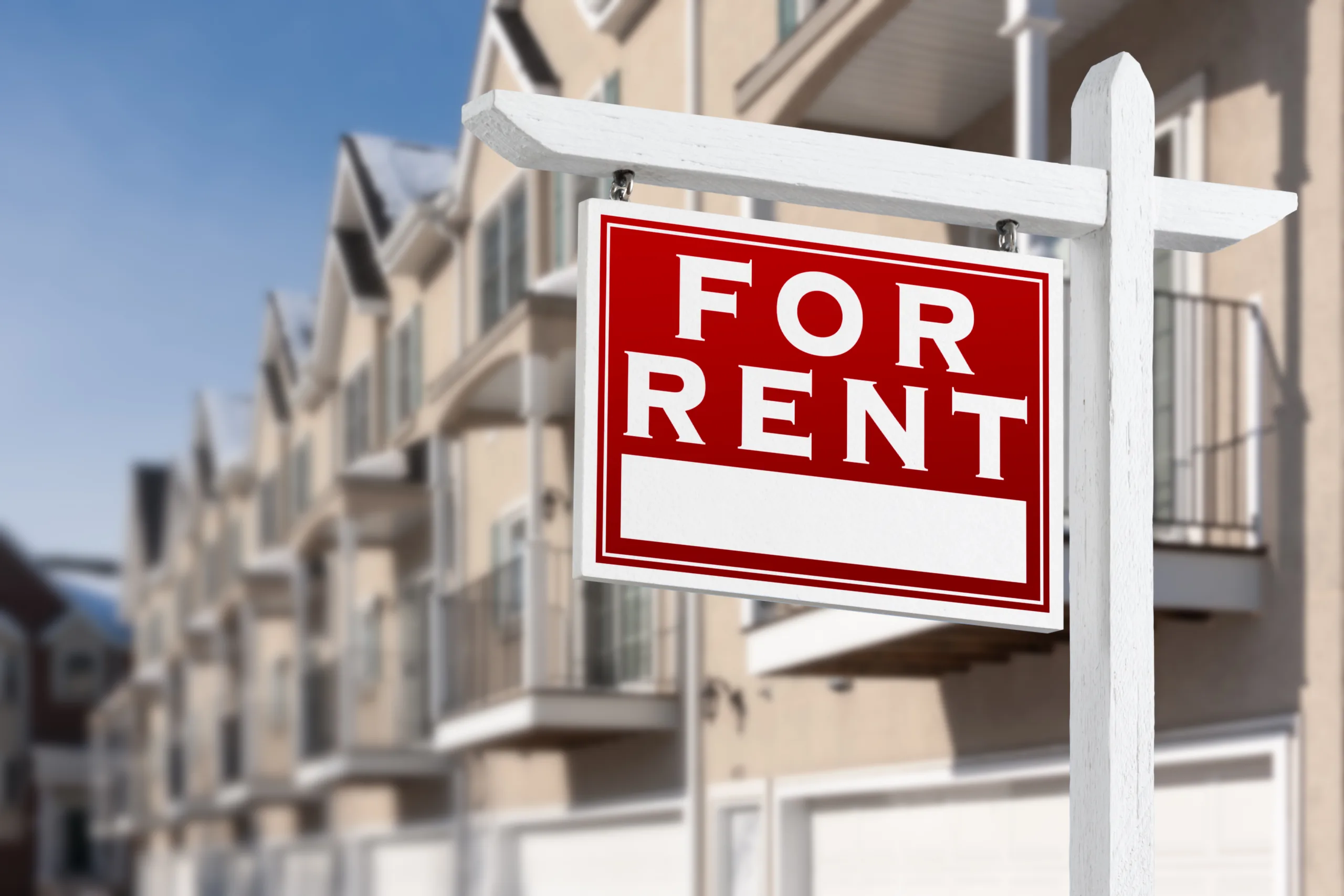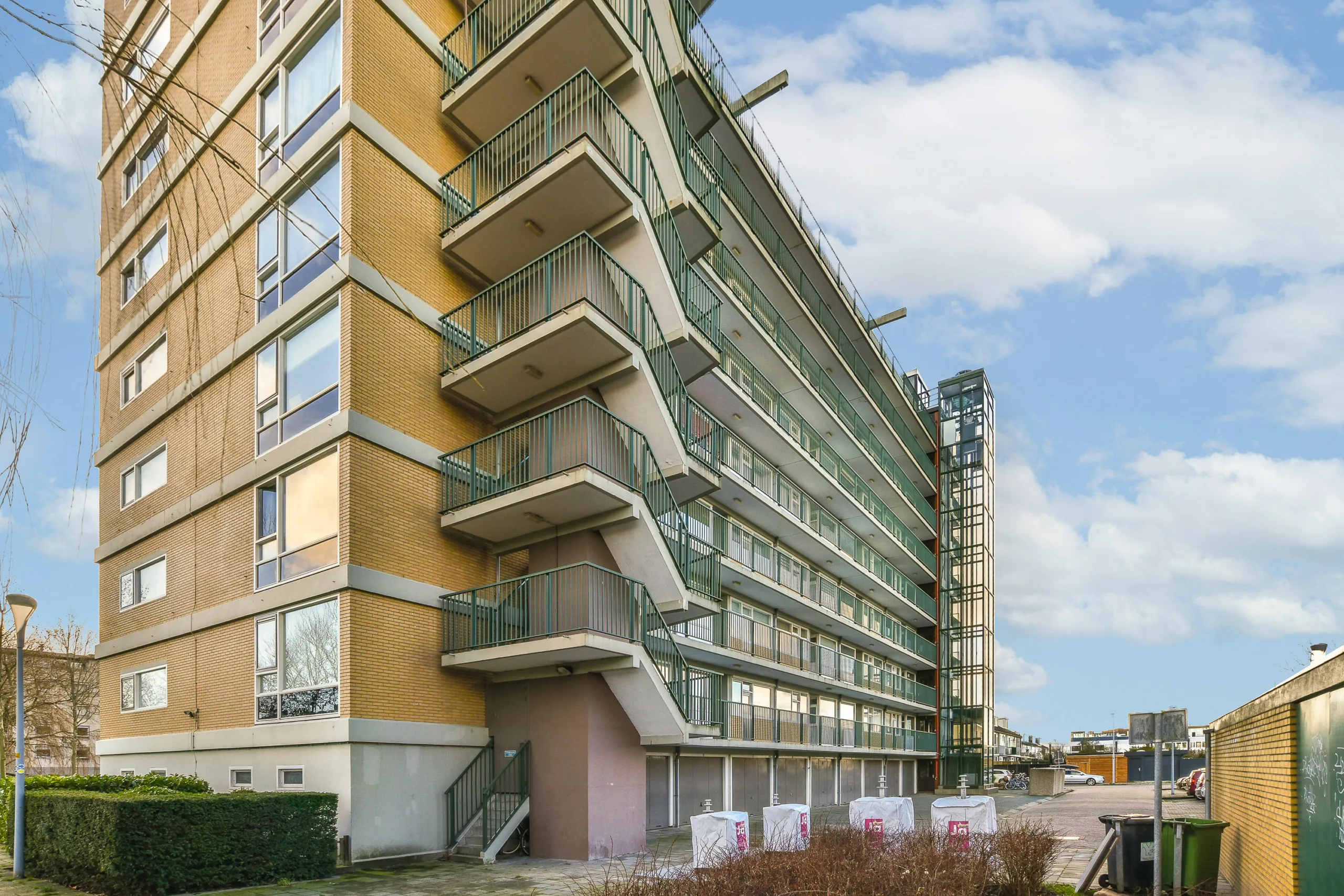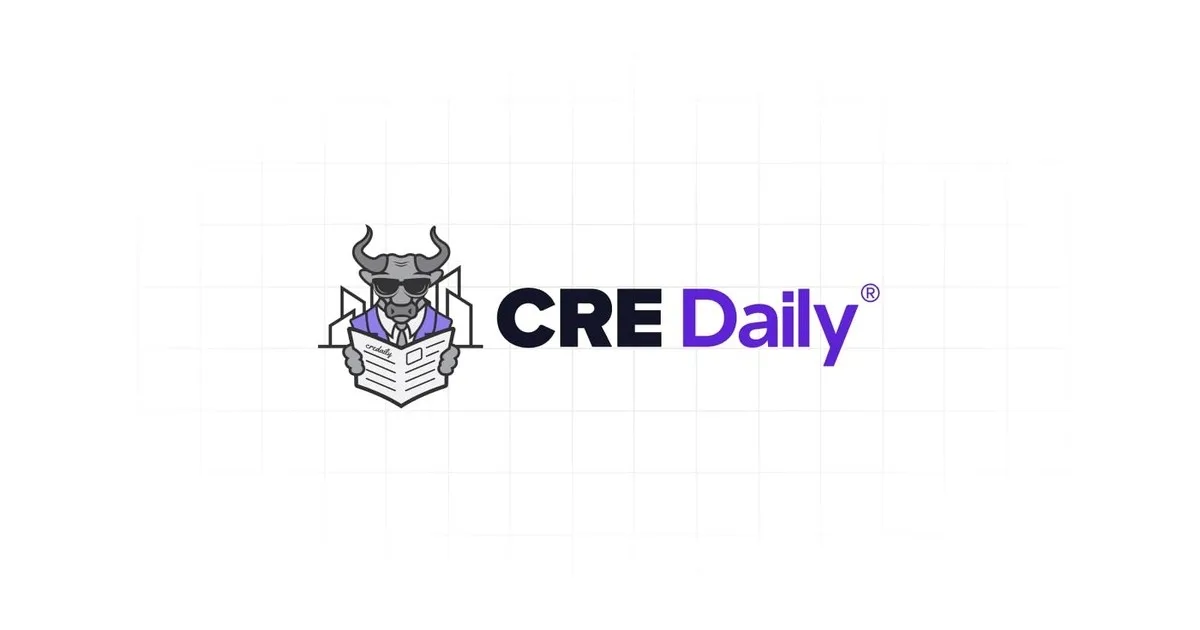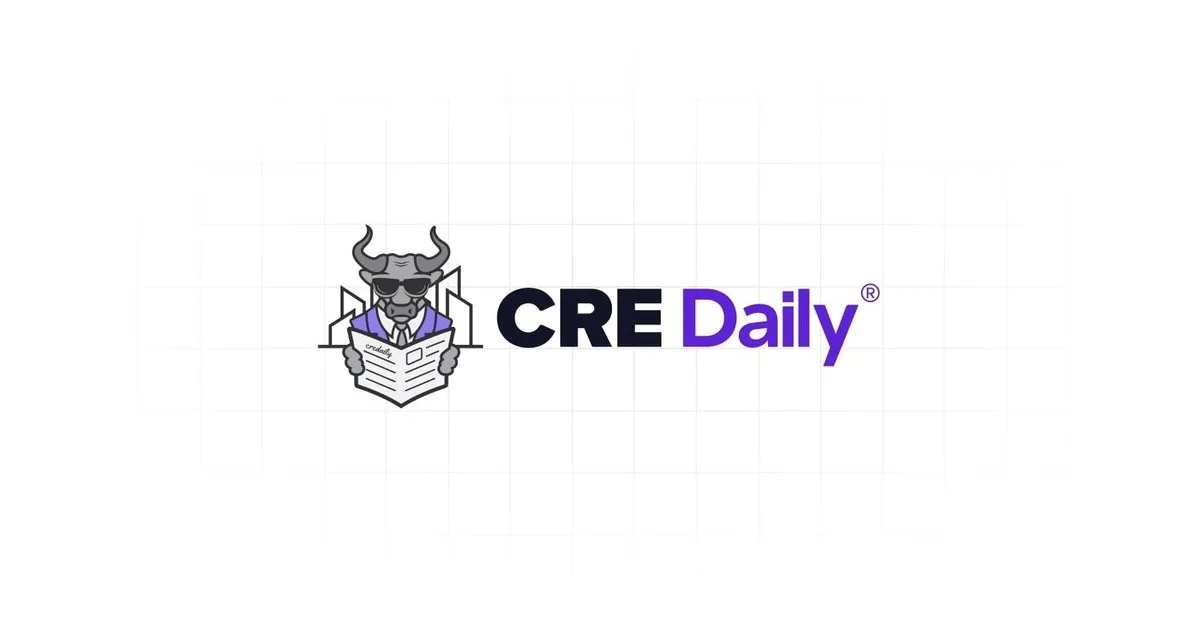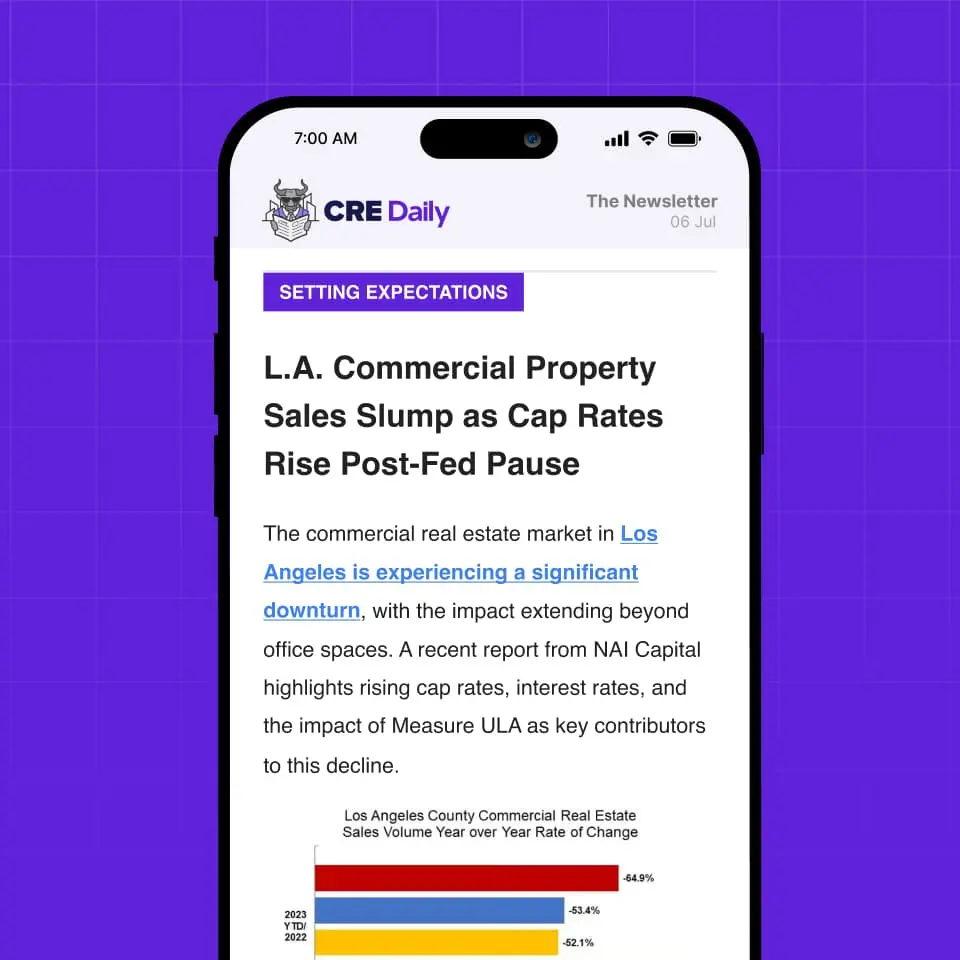- Net absorption in Dallas reached 8,691 units in Q2, far exceeding the 5,336 units delivered — a clear signal that demand is outpacing new supply.
- Occupancy rates rose to 94.3%, with Intown Dallas posting the lowest vacancy rate at 4.7%, reflecting tighter market conditions.
- Multifamily investment surged, with $3.05B in sales — up more than $1B quarter-over-quarter — led by large acquisitions from Pecos Housing Authority and Kite Realty Group.
Supply Finally Slows
After a period of rapid development, multifamily supply in Dallas is finally cooling, reports GlobeSt. Only 5,336 new units were delivered in Q2 2025, down from 6,836 in the previous quarter, according to CBRE. Most of these new completions were concentrated in the Allen/McKinney submarket, which saw 1,389 new units.
Demand Breaks Ahead
In contrast, net absorption reached 8,691 units — significantly higher than both Q1’s 7,318 units and the number of new deliveries. The resulting imbalance is helping to stabilize fundamentals across the market.
Occupancy climbed by 60 basis points to 94.3%, with Intown Dallas emerging as the tightest submarket, posting an average vacancy rate of just 4.7%.
Rents saw modest growth, ticking up 0.4% to an average of $1,551.
Get Smarter about what matters in CRE
Stay ahead of trends in commercial real estate with CRE Daily – the free newsletter delivering everything you need to start your day in just 5-minutes
Investment Momentum Returns
Transaction volume rebounded sharply, jumping over $1B to hit $3.05B in Q2. The largest deal came from Pecos Housing Authority, which acquired a portfolio totaling 1,487 units. Other major buyers included Kite Realty Group (782 units) and the City of La Villa, TX (662 units).
Rounding out the top five were another Pecos Housing Authority deal (486 units) and Crow Holdings (480 units).
Why It Matters
For a market that’s been grappling with oversupply concerns, the shift toward demand-led fundamentals is a positive sign. The surge in absorption and uptick in occupancy suggest Dallas’ multifamily sector may be moving into a healthier, more balanced phase.
What’s Next
If demand continues to outpace supply, expect upward pressure on rents and increased investor interest, especially in submarkets with low vacancy rates. While new construction has slowed, pipeline activity will remain under close scrutiny as developers respond to the market’s changing dynamics.
